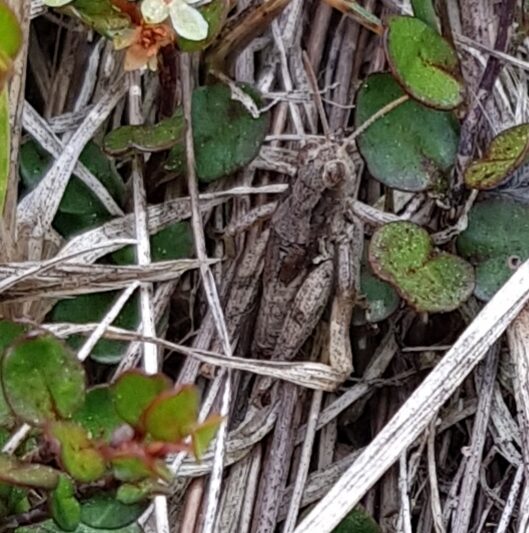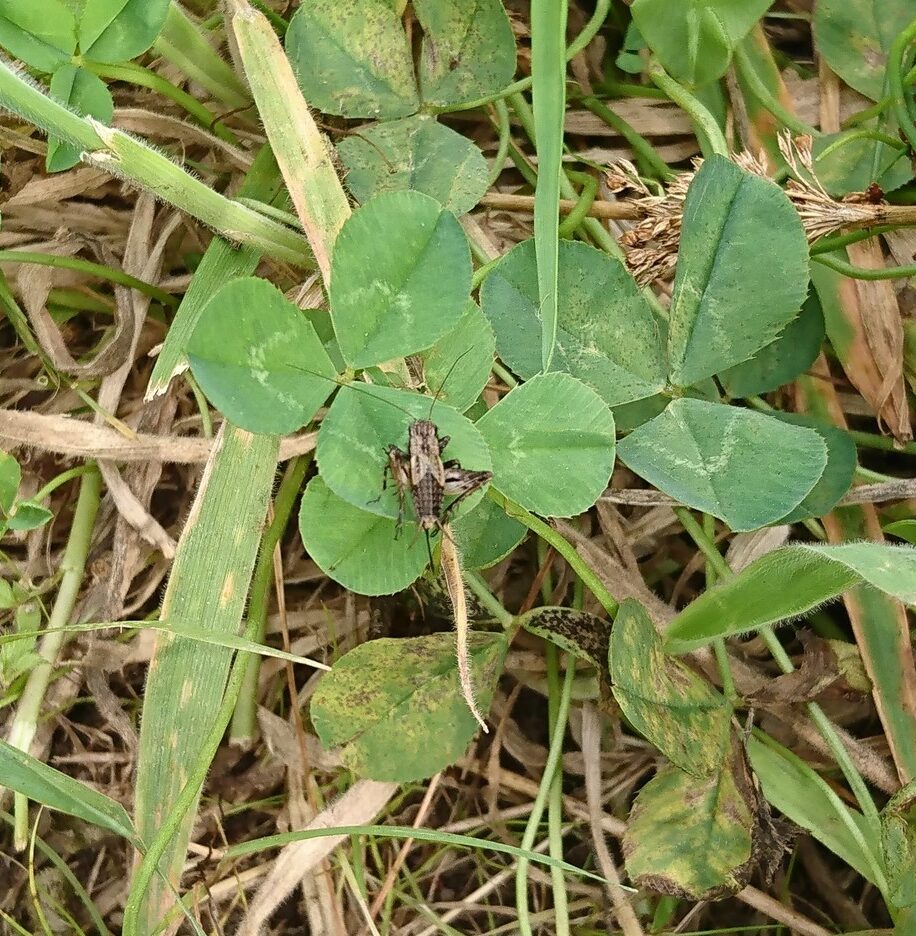Our Story
As told by Noelene Francis, Volunteer Co-ordinator
After being a member of the Silverstream Reserve Advisory Group for approximately two years I was keen to have more ‘hands on’ involvement in the reserve. I could see the need to look after the trees and grasses in the East end of the Reserve that had already been planted through the Waimakariri District Council.
It wasn’t long before Jill Saunders came to help, then Andrew Ellen .. and so it has grown to a base of approximately 40 volunteers.
Usually a group of about 4-15 beaver away every Tuesday and Sunday from 10am-2pm. We stop for a cuppa, home baking and a chat – so it’s not all work.
David Birch, with the help of Steve Leckie, applied for funding and cleared and planted, or oversaw the planting of the West End. Although there is still much to do here, after ten year’s growth there is a great canopy of trees which makes walking along the tracks by the stream a special place to be.
The drier East End will be slower to grow, but with the attention given by the volunteers, success is ensured. We are delighted with the progress to date and the appreciation shown by walkers in the reserve.
It is a very special place.

History of the Reserve
The 52 hectares of land that the reserve now occupies was once riverbed, where the north arm of the Waimakariri River used to flow. This was prior to the construction of the flood stop-banks to re-align the river after the great storm of 4 February 1868 caused the river to breach its natural course and flood Christchurch and Kaiapoi.
The low-lying land was subsequently set aside under Crown ownership as a natural channel for flood waters to escape should the stop-bank fail. As the communities of Clarkville and Eyreton developed and encroached on the area, this land was not allowed to be built on. The Crown subsequently divested ownership and management of the land to the local district council.
Unique Biodiversity
At Silverstream Reserve, as well as numerous plantings of native plants, elements of the original native flora and fauna remain. The pre-human ecosystem was a dynamic mosaic of dry river terraces and wetlands of which only a few survive today.
A brief survey of the reserve has been done and as time goes on, it is likely more native biodiversity will be discovered.
Remnant habitats and flora and fauna
at Silverstream
Dryland Gravel Terrace Remnant Habitat
Muehlenbeckia axillaris (Creeping Pōhuehue)
The small leaved plant of the dock family (pictured right) is host of the NZ native Canterbury Boulder Copper Butterfly Lycaena sp.
This butterfly species has not yet received a formal name. Significant patches of this plant survive in both East and West ends of the reserve with an associated Canterbury Boulder Copper Butterfly population in the East. Plants of this nature, begin the natural revegetation after disturbance.
Wetland Remnant Habitat
This habitat supports a range of rushes, sedges and herbs that require year round moisture and open sunny places. Where fertility has increased, they also need protection from choking exotic grasses and weeds.
Contact us for a full list of wetland remnant species found at Silverstream.
Fern Remnant Habitat
Much of the fern habitat is at the West End of Silverstream where there are many damp, shady areas.
Fern species found at Silverstream
Histiopteris incisa Water Fern
Parablechnum minus Swamp Kiokio
Hypolepis ambigua Pigfern
Microsorum pustulatum Paraharaha, Hound’s Tongue
Polystichum vestitum Prickly Shield Fern

Insects
An initial survey of insect species has been undertaken at Silverstream Reserve. Some of these species are outlined here.
Zizina oxleyi New Zealand Blue Butterfly
Where there are no native brooms (Carmichaelia spp) to host this butterfly, such as Silverstream, it has luckily managed adapt to using some exotic legumes instead. It is common at the Swale in the reserve and some other areas.

Native Birds
There is a range of native birds commonly seen at Silverstream
Fantail, Pīwakakwaka
Bellbird, Korimako
Grey Warbler, Riroriro
Harrier, Kahu
Kingfisher, Kōtare
Silvereye, Tauhou
Vanellus miles Spur-winged Plover

Lizards











